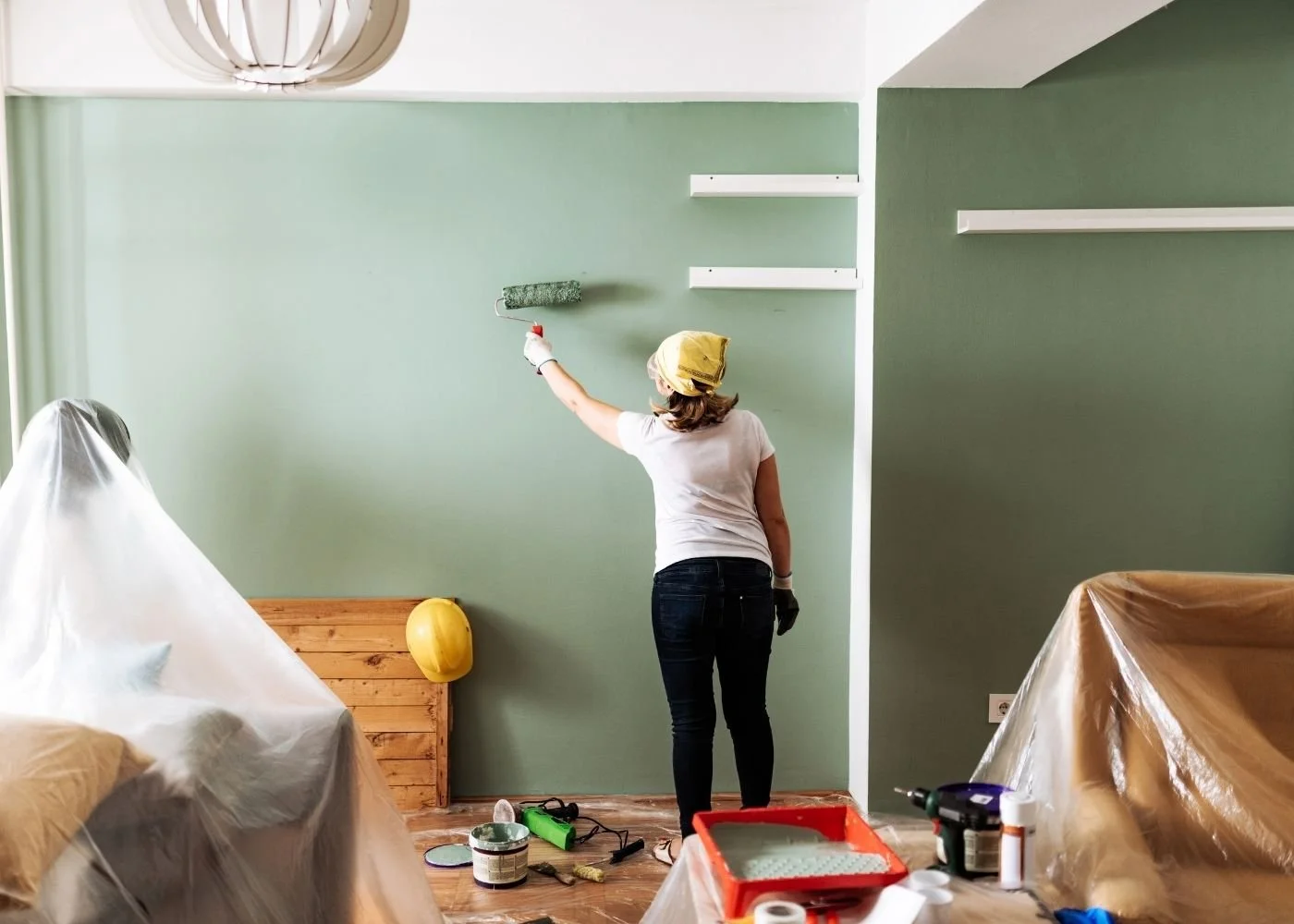How to Finish Home Projects Without the Extra Hassle
Taking on home projects can be exciting at first, but the excitement can fade when the work starts to drag on or unexpected problems pop up. What begins as a simple weekend plan can easily turn into a month-long task if the right approach and tools aren’t in place from the start.
The good news is that most of the delays and stress can be avoided by preparing properly, choosing the right equipment, and breaking the job into clear steps.
Start With a Clear Plan
One of the biggest causes of stalled home projects is jumping in without a plan. It may seem faster to just start working, but a little time spent organizing can save hours later.
Start by deciding the exact outcome you want. If the goal is to install new shelving, decide on the dimensions, materials, and finish before picking up any tools.
For something bigger, like building a deck, sketch a basic design and check local building codes to avoid running into compliance issues halfway through.
Once the plan is clear, list each step in the order it needs to be done. This helps keep the work moving and prevents moments where you have to stop because of a missing part or forgotten measurement. Even for smaller tasks, having a checklist makes it easier to see progress and stay motivated.
Choose the Right Tools for the Job
Nothing slows a project down more than trying to make the wrong tool work. The right tools make each step faster, cleaner, and safer. For example, when cutting larger pieces of wood for framing or outdoor projects, an electric chainsaw can be a practical choice. It’s easier to handle than a gas model, starts instantly, and is often lighter, which means less strain when making multiple cuts. For indoor work, precision tools like a circular saw or miter saw can help keep lines clean and angles accurate.
When choosing tools, also think about how often they’ll be used. For one-off projects, renting can be more cost-effective than buying, especially for specialty tools. But for equipment you’ll reach for again and again, investing in quality can save money over time because it will last longer and work more efficiently.
Prepare the Workspace
A messy or cramped workspace can double the time it takes to finish a project. Before starting, clear the area and make sure there’s enough room to move around safely.
For indoor jobs, protect floors and furniture with drop cloths or plastic sheeting to avoid damage from dust, paint, or debris. For outdoor work, remove obstacles and keep tools within reach.
Lighting is another often-overlooked factor. Dim or uneven lighting can lead to mistakes, especially when making precise cuts or measurements. Using portable work lights can make a huge difference in accuracy and reduce the chance of having to redo parts of the job.
Work in Manageable Steps
Breaking a project into smaller steps keeps it from feeling overwhelming. Instead of trying to complete everything in one long session, focus on finishing one part at a time.
For example, when building a set of shelves, treat each stage—cutting the boards, sanding, assembly, and finishing—as its own mini project.
This method also makes it easier to stop and resume without losing track of progress. If something unexpected comes up, you won’t have half-finished sections scattered across the workspace. Each completed stage is one less thing to worry about later.
Keep Safety a Priority
Rushing to get a project done often leads to injuries or mistakes that end up taking more time to fix. Wearing the right protective gear—gloves, safety glasses, and hearing protection—is essential for many home projects. Make sure tools are in good working condition and follow all safety instructions.
It’s also important to work at a comfortable pace. Fatigue can lead to poor decisions and accidents, so take short breaks to stretch and rest, especially during longer tasks. Safety doesn’t just prevent injury—it helps keep the project moving smoothly from start to finish.
Avoid Common Time Wasters
Small delays can add up quickly during a home project. Misplaced tools, trips to the store for missing supplies, or redoing work because of incorrect measurements can easily turn a short job into a drawn-out process, not to mention the added expense.
To avoid this, gather all necessary materials before starting and keep them organized in one place.
Another common time waster is skipping prep work.
For painting, this could mean not taping edges properly, which leads to time-consuming touch-ups. For carpentry, not checking that boards are straight before cutting can result in wasted materials and repeated work. Taking a few minutes to prepare properly almost always saves more time than it takes.
Know When to Call in Help
Some projects can be completed faster and more safely with extra help. This doesn’t always mean hiring a professional—sometimes a second pair of hands from a friend or family member is all that’s needed.
For heavy lifting, complex electrical work, or large structural changes, getting expert help can prevent costly mistakes and keep the project on schedule.
Knowing your limits is part of good project management. There’s no point struggling for hours with something that could be done correctly in half the time by someone with the right skills or equipment.
Finishing Strong
The final stage of a project is just as important as the first. Rushing at the end can lead to small but noticeable flaws. Take time to check for loose edges, uneven finishes, or missed spots. Clean the workspace, store tools properly, and safely dispose of any leftover materials.
Finishing strong doesn’t just make the project look better—it also gives a sense of satisfaction that makes it worth the effort. Well-done projects are less likely to need repairs later, which means less work overall.
Key Takeaways
Completing home projects without the extra hassle comes down to preparation, the right tools, and an organized approach. Clear planning avoids delays, proper tools make the work easier, and a tidy, well-lit workspace keeps things moving.
Breaking the project into smaller steps, prioritizing safety, and avoiding common time-wasters all help ensure the job gets done right the first time. And when help is needed, calling in an extra set of hands can make all the difference.
With a smart approach and a little patience, even bigger projects can be completed on time without feeling overwhelming—turning plans into finished results without the unnecessary stress.
BEFORE YOU GO:
Here are a few more posts you might like:
See my Link Party Directory for a current list of blog parties I attend each week.
FOR PERSONAL USE ONLY – Please Read Freebies Terms of Use.
(This post may contain affiliate links. For more information, see my disclosures here.)
~ SHARE THIS POST ~
Did you like this post? Do you know someone else who might enjoy it? Please take a minute to share it on Pinterest, Facebook, or your favorite social media… Thank you!





















